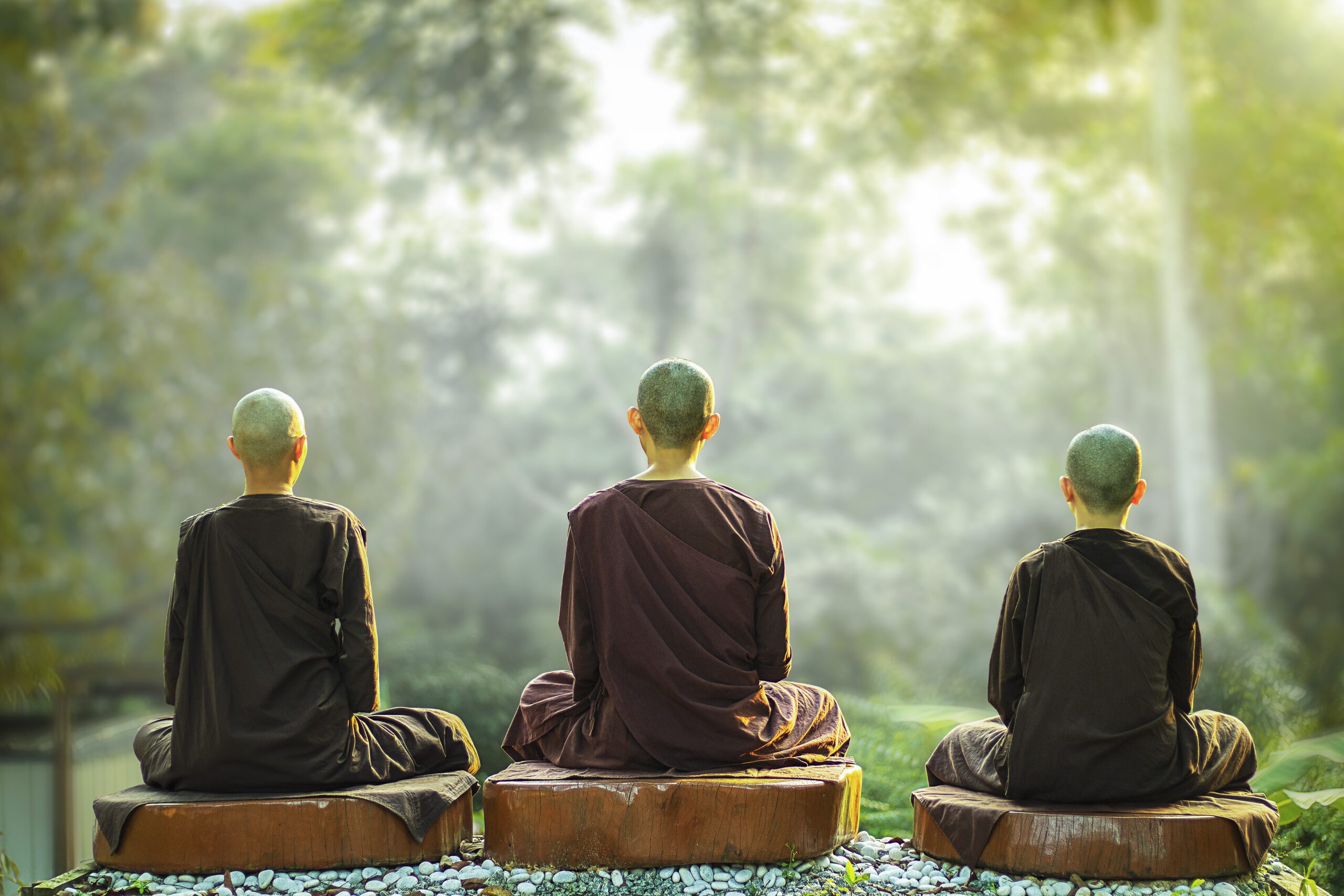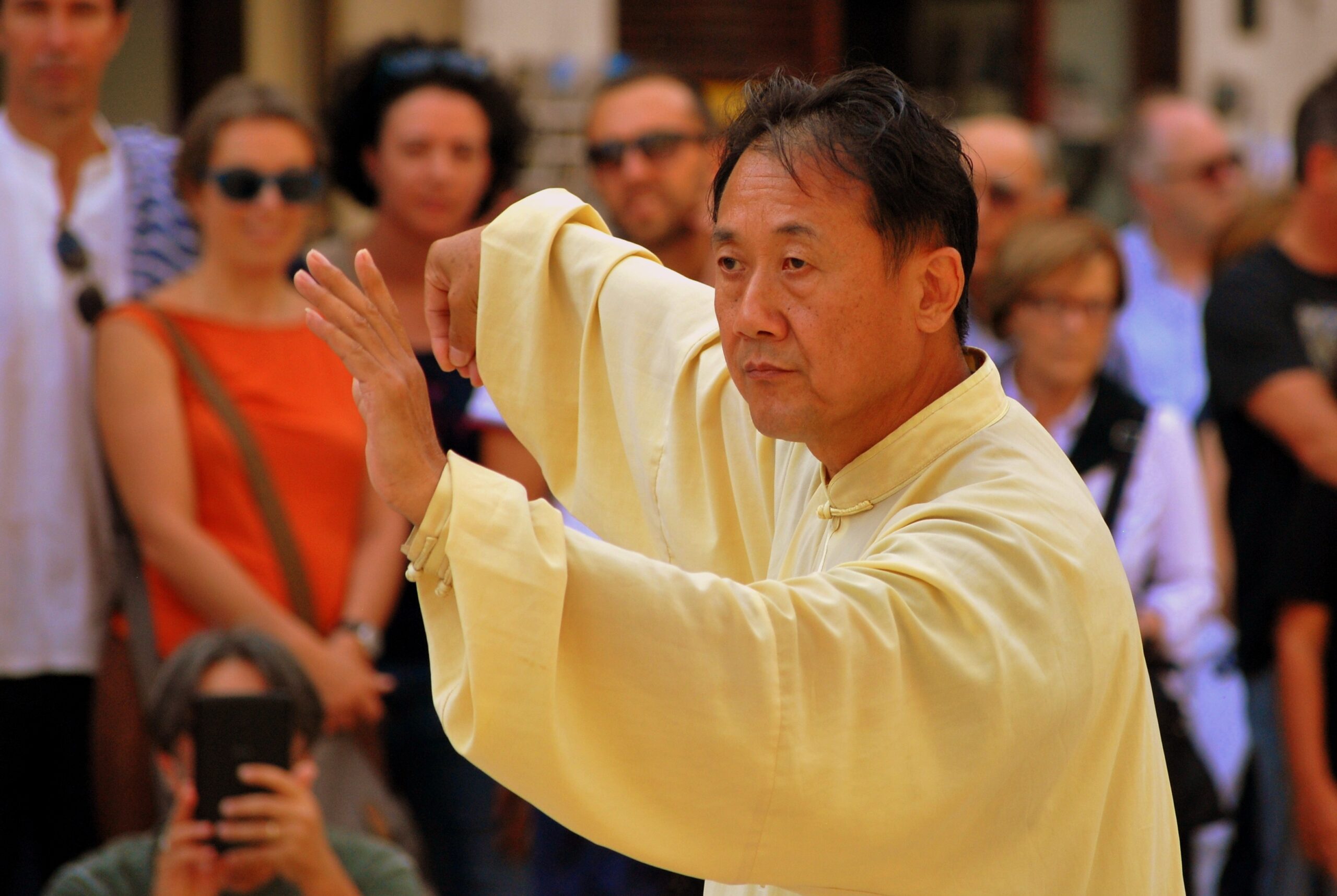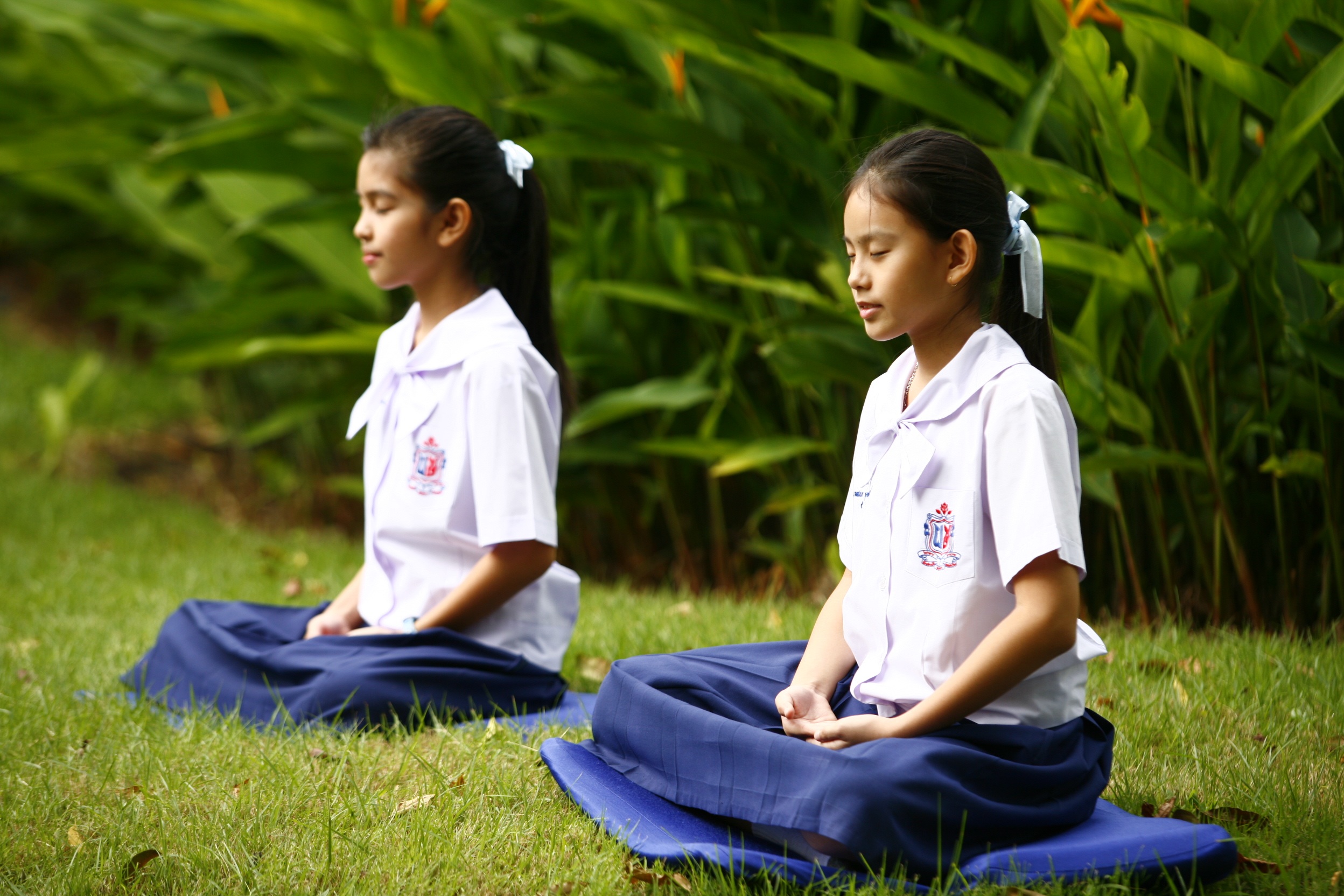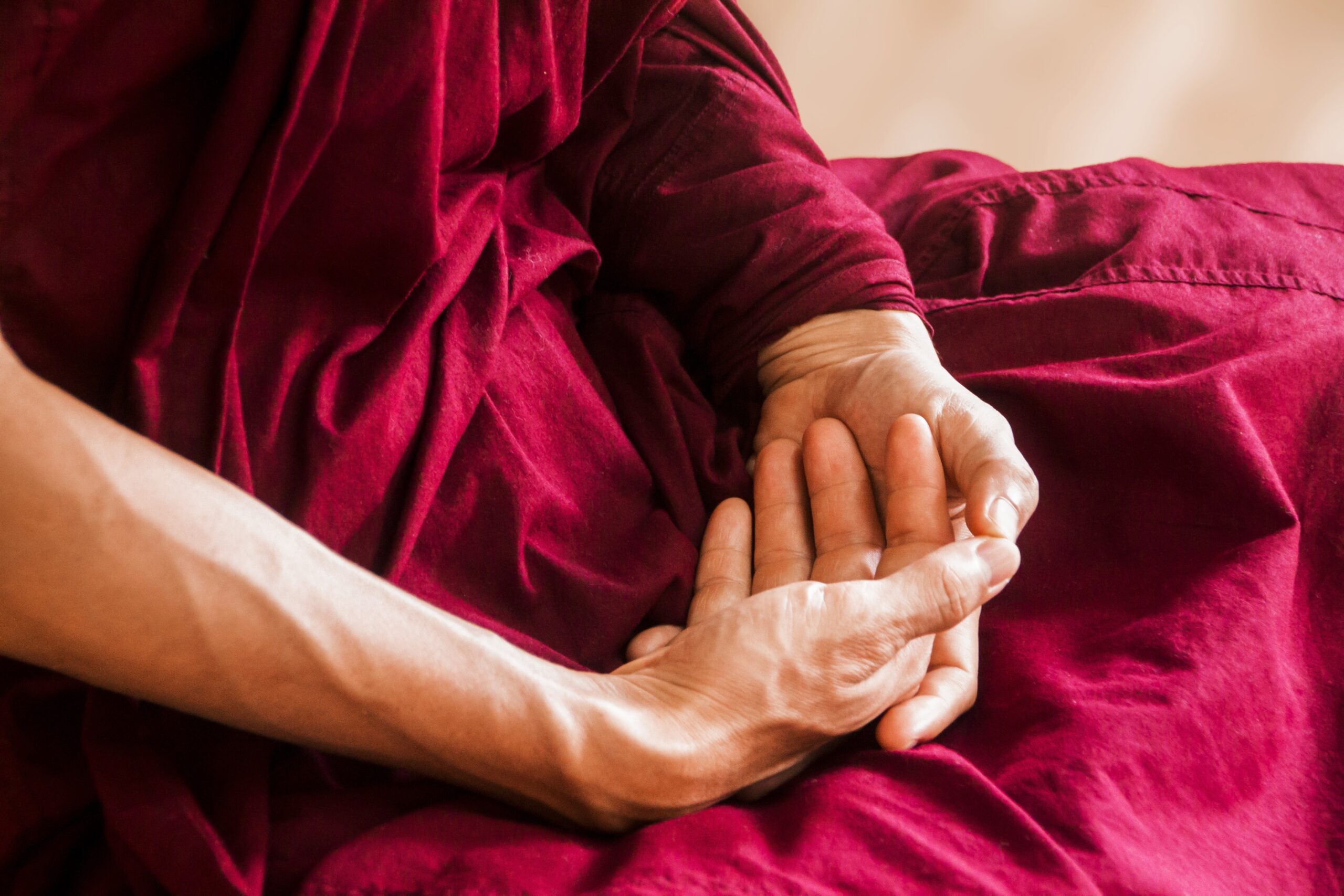Meditate for Acuity, Healing & Insight
When we meditate we free the mind to transcend higher levels of consciousness for quick reflexive action, creative insight, health and healing, spiritual and personal development.
Tai chi qigong involves two types of meditation: donggong or dynamic that involves physical movements, and jinggong or quiescent, also called jingzuo or “sitting in stillness”.
While most commercial schools and contemporary tai chi qigong promote what they call “moving meditation” in terms of physical calisthenics, few people know that the higher levels of training concentrates mostly on jinggong.
Why do traditional approaches advocate jinggong over donggong or quiescent over dynamic? Because only through jinggong can we tap into the higher levels of consciousness, unhampered by the limitations of our physical reflexes.
On another web page, you can try a simple little experiment that tests the quickness of your response. Initially, when I ask my students to catch the falling bill between their fingers, they think it is to test their physical reflex. It is not. It is actually a test of mental reflexes.
Because the bill is falling faster than the eye can physically register the movement, it is physically impossible to respond quickly enough to catch the bill. However, when qigong practitioners actually catch the bill consistently time and time again, beyond what science deems possible, it is because they are tapping into the higher levels of consciousness.
The subconscious reacts faster than what mere physical reactions allow for. When not hampered by the limitations of our physical response, practitioners can react faster than the speed of thought!
If we think it, we are already too slow! Why?
conscious mind. But if we can tap into the subconscious,
we can react before thoughts are even processed consciously.
Now think of the subconscious reacting ten times faster. When we meditate, we tap into the higher levels of consciousness, and we can actually react even before the bill makes its full descent.
Even more incredible for those not trained in qigong to see is when we are able to tap into the powers of the higher consciousness to catch the bill with our eyes closed!
we can actually do it better and react even faster!
Though both allow us to access the subconscious, donggong meditation is not as effective as jinggong because we are hampered by the limitations of our physical bodies. Initially we begin with predominantly physical donggong in our practice, because it is easier to work with physical sensations.
However, as we progress to higher levels, gradually jinggong begins to take precedence over donggong until quiescent replaces almost all of the dynamic meditation.
And when we meditate, we learn to detach ourselves from our emotions, to be mindful of what is happening to us and around us, but to remain objectively untouched by it all.
Instead, we can focus in on our breathing, on our chi, on specific pressure points or on mantras, music or other objects of visualization.
Distraction is a typical problem for most people who learn to meditate for the first time. In Chinese, we relate sitting in stillness to “stilling the running horses,” because our teeming thoughts make us restless, and we are often unable to keep ourselves from being easily distracted by one thought after another.
If you find yourself distracted during meditation, do not be concerned. This is to be expected. When you become aware of the distraction, simply let it go and continue your meditation. By patiently persisting through this, you are training your mind to return consistently to the mental stillness. Then over time, the distractions will become less frequent and less interfering.
Contemporary tai chi qigong practitioners seldom meditate for a number of reasons. First, medical qigong was first introduced by the Communist regime in China to promote health and physical well-being. But the regime was not interested in sanctioning anything that might smack of religion, and so, jinggong which has religious origins was omitted from the practice.
Secondly, contemporary tai chi qigong emphasizes the simple and the physical. Mental components such as yi tend to make things much more complicated not only for teaching but for providing quick commercial “fixes.”
Since contemporary practice is not concerned about taking students to more advanced esoteric levels, instructors find jinggong meditation an unnecessary waste of time.
While jinggong is much more emphasized in the higher levels of traditional training, even beginners should be encouraged to meditate to build a well-rounded foundation.
When tai chi qigong practitioners meditate in the traditional way, it is not practiced for religious purposes but to develop the higher consciousness for self-defence and faster reactions, for health and healing, to tap into psychic powers of the mind, for creative insight and problem solving, and for spiritual and personal advancement. The potential remains limitless.




